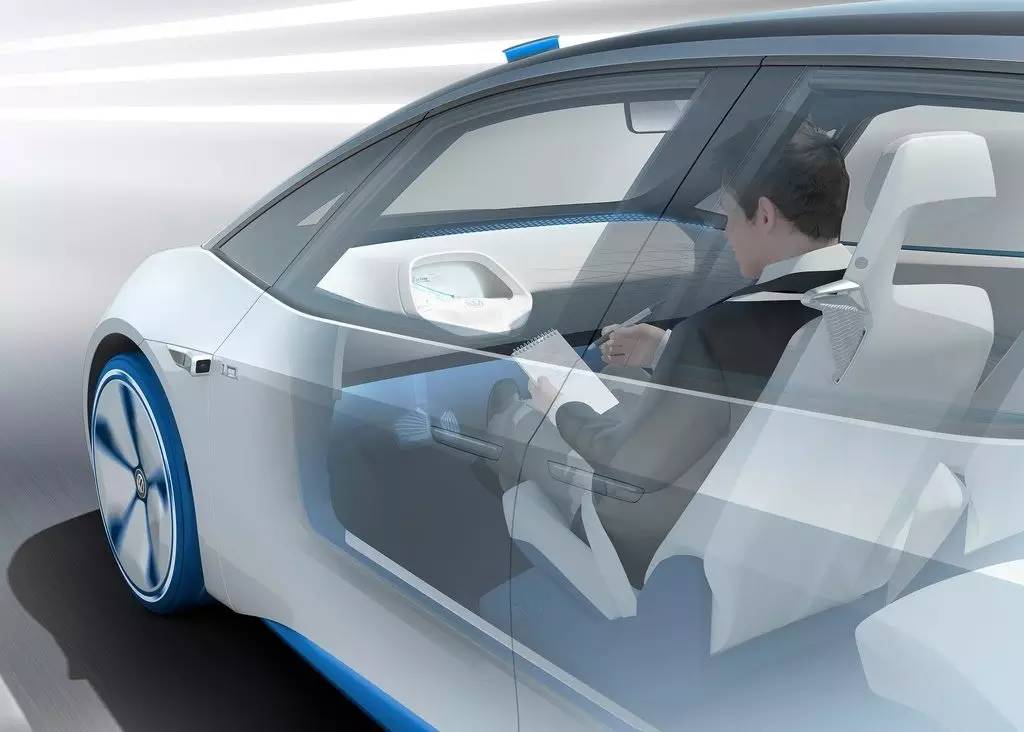
Thanks to the rapid development of information technology and artificial intelligence, autonomous vehicles are booming. If you pay attention to the self-driving taxi driving on the road, you will find that its car body is equipped with a variety of sensors, including lidar, millimeter wave radar, high-definition cameras, etc. These sensors are usually installed on the roof, both sides of the body and the front and rear bumpers and other locations to act as the "eyes" and "ears" of the self-driving car to achieve a full range of environmental perception.
But these sensors tend to be bulky and bulky, preventing the car from effectively moving through the surrounding air, an obstruction that forces the car to use more energy to accelerate and ultimately affects the car's overall range. However, given the current state of development of autonomous vehicles, developers are more concerned about the functional realization of body sensors than aerodynamic considerations.
Air resistance: The enemy of speed
For half a century, car manufacturers have made great efforts to adjust body designs to combat air resistance, the reaction force a vehicle needs to overcome as it moves forward. Over time, the curves of automotive products have become smoother, and new features such as pop-up headlights, rear spoilers, and active air intake grilles have been added to improve the efficiency of the flow of air around the vehicle. Automotive engineers even determine a car's aerodynamic performance by conducting tests in a controlled wind tunnel. Those with a lower "drag coefficient" are considered to have better aerodynamic performance.
But the addition of sensors to self-driving cars makes fighting air resistance more complicated. Waymo, the US driverless taxi company, says each of its driverless taxis is fitted with 29 cameras arranged around the body. Lidar sensors are larger and more square, firing millions of laser pulses in all directions around the vehicle to create a 3D map. The study found that the raised roof lidar sensors significantly "delayed air separation," while multiple sensors mounted on the rear and bumper sides of the vehicle created a pair of air vortices, which also led to more air separation. That is, all of the sensors are basically working together to block airflow, which ultimately leads to less aerodynamic performance of the vehicle.
Latest solutions
A research result published recently by Wuhan University of Technology in the journal Physics of Fluids argues that an optimized artificial intelligence algorithm can be used to improve the overall aerodynamic performance of autonomous vehicles by changing the structural shape of the sensors. Finally, they chose to lower the height of the front sensors to reduce the positive pressure zone and reduce drag, while lowering the leading edge of the roof sensors, resulting in a "decompression effect" that reduces the direct impact of the front air, so that the air flow reaches the roof, and the resistance coefficient of the optimized group and the basic group is basically the same. According to the researchers, the total air resistance of the optimized version was reduced by 3.44 percent compared to a standard-configured autonomous vehicle. This small difference on a long drive can add up over time and have a significant effect. The results of this study suggest that fine-tuning the shape of the roof sensor can reduce the air resistance faced by autonomous vehicles.
Professor Yiping Wang, author of the study, said that the external sensor can significantly increase aerodynamic resistance, especially by increasing the proportion of interference resistance in the total aerodynamic resistance. Considering these factors - the interaction between sensors and the effect of geometry on interference resistance - it is essential to fully optimize the sensor during the design phase.
Aerodynamic sensors help reduce the energy consumption of self-driving cars
Current self-driving car companies are aware of the aerodynamic challenges posed by sensors. Waymo says it strategically placed sensors around its vehicles to maximize its range of vision (FOV). Prioritizing the field of view is critical for safety, but it can conflict with the overall performance and speed of the vehicle. Self-driving car manufacturers have tried to correct the problem by fine-tuning the sensor installation, and the companies said they have redesigned the beam sensor placed on top of the windshield of the semi truck to reduce drag.
"While this may seem like a small adjustment, it can lead to significant energy efficiency gains over the life of the vehicle." Waymo wrote on a blog post.
At present, Waymo, Zoox, and the domestic radish fast run, pony Zhixing and other autonomous taxis are mostly limited to slow, non-highway areas, and the application effect of aerodynamic sensors is relatively limited. But it's even more effective in long-distance autonomous truck applications. In long-distance tr
The Products You May Be Interested In
 |
TPCM-2.4-5 | CMC 2.41MH 5A 2LN TH | 383 More on Order |
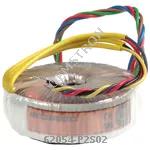 |
62054-P2S02 | XFRMR TOROIDAL 15VA CHAS MOUNT | 107 More on Order |
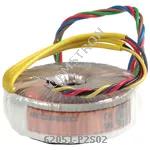 |
62051-P2S02 | XFRMR TOROIDAL 15VA CHAS MOUNT | 184 More on Order |
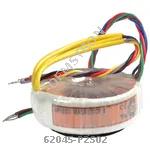 |
62045-P2S02 | XFRMR TOROIDAL 10VA CHAS MOUNT | 135 More on Order |
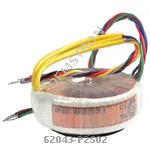 |
62043-P2S02 | XFRMR TOROIDAL 10VA CHAS MOUNT | 304 More on Order |
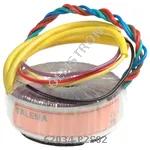 |
62034-P2S02 | XFRMR TOROIDAL 7VA CHAS MOUNT | 441 More on Order |
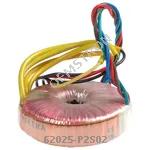 |
62025-P2S02 | XFRMR TOROIDAL 5VA CHAS MOUNT | 218 More on Order |
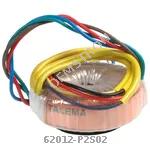 |
62012-P2S02 | XFRMR TOROIDAL 3.2VA CHAS MOUNT | 178 More on Order |
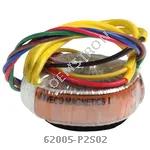 |
62005-P2S02 | XFRMR TOROIDAL 1.6VA CHAS MOUNT | 426 More on Order |
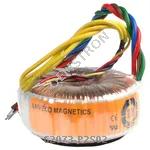 |
62073-P2S02 | XFRMR TOROIDAL 35VA CHAS MOUNT | 294 More on Order |
 |
70072K | XFRMR TOROIDAL 35VA THRU HOLE | 313 More on Order |
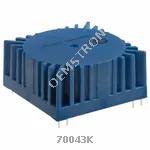 |
70043K | XFRMR TOROIDAL 10VA THRU HOLE | 309 More on Order |
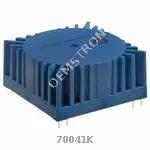 |
70041K | XFRMR TOROIDAL 10VA THRU HOLE | 157 More on Order |
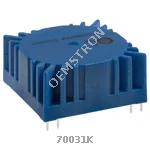 |
70031K | XFRMR TOROIDAL 7VA THRU HOLE | 481 More on Order |
 |
70024K | XFRMR TOROIDAL 5VA THRU HOLE | 486 More on Order |
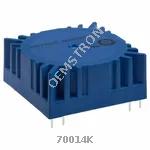 |
70014K | XFRMR TOROIDAL 3.2VA THRU HOLE | 309 More on Order |
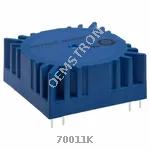 |
70011K | XFRMR TOROIDAL 3.2VA THRU HOLE | 420 More on Order |
 |
70003K | XFRMR TOROIDAL 1.6VA THRU HOLE | 140 More on Order |
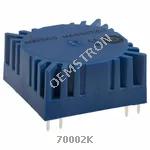 |
70002K | XFRMR TOROIDAL 1.6VA THRU HOLE | 280 More on Order |
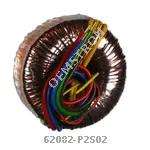 |
62082-P2S02 | XFRMR TOROIDAL 50VA CHAS MOUNT | 277 More on Order |
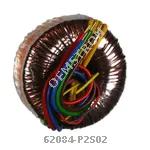 |
62084-P2S02 | XFRMR TOROIDAL 50VA CHAS MOUNT | 607 More on Order |
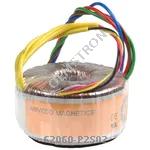 |
62060-P2S02 | XFRMR TOROIDAL 25VA CHAS MOUNT | 3963 More on Order |
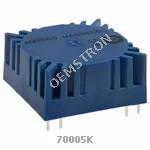 |
70005K | XFRMR TOROIDAL 1.6VA THRU HOLE | 401 More on Order |
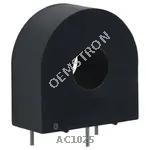 |
AC1025 | TRANSFORMER CURRENT 25.0 AMP | 235 More on Order |

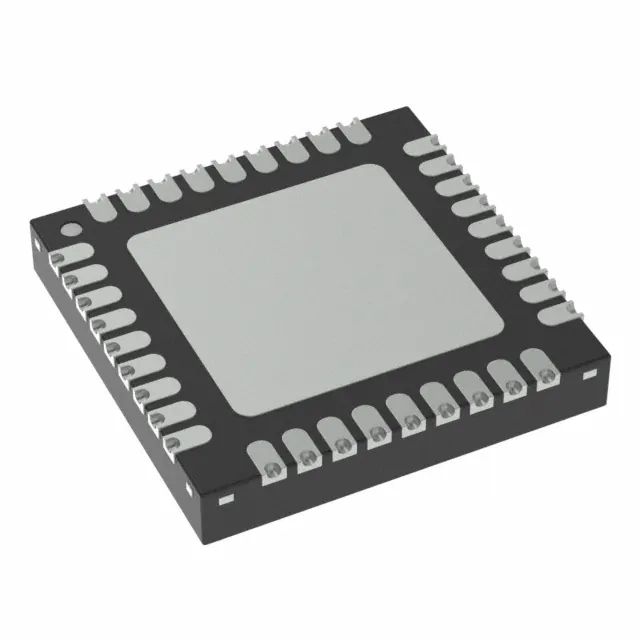 Semiconductors
Semiconductors









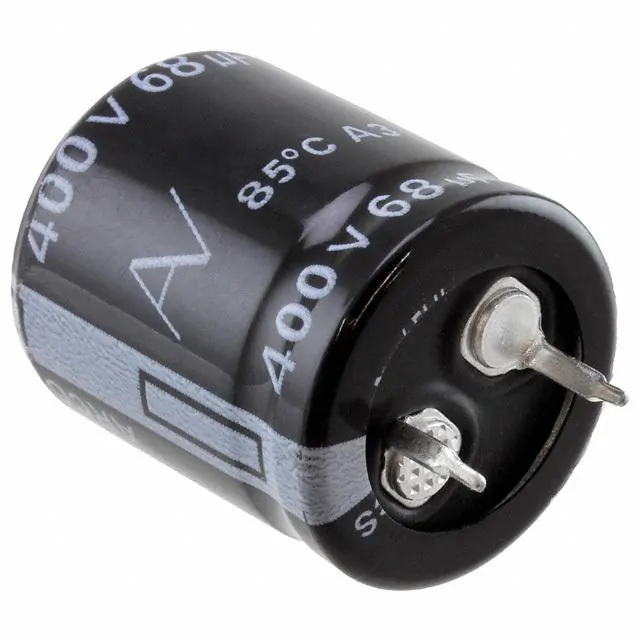 Passive Components
Passive Components









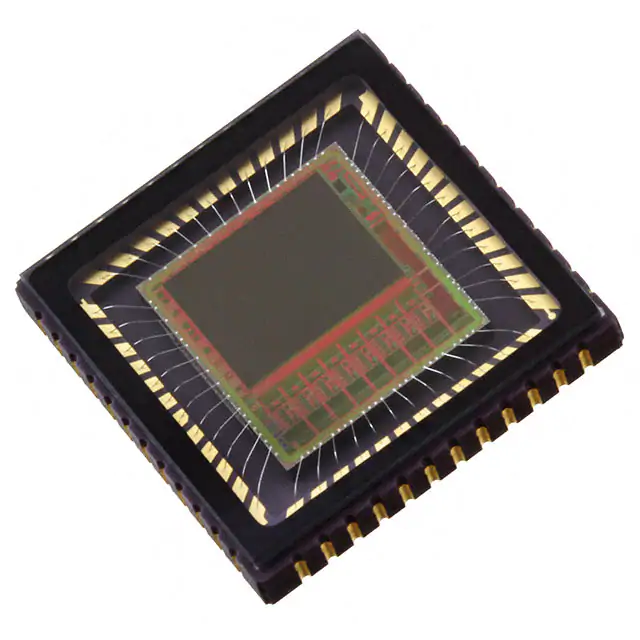 Sensors
Sensors








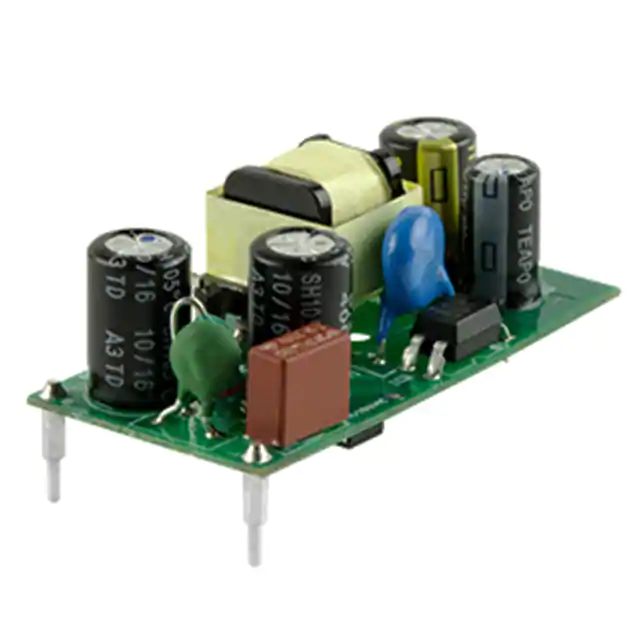 Power
Power









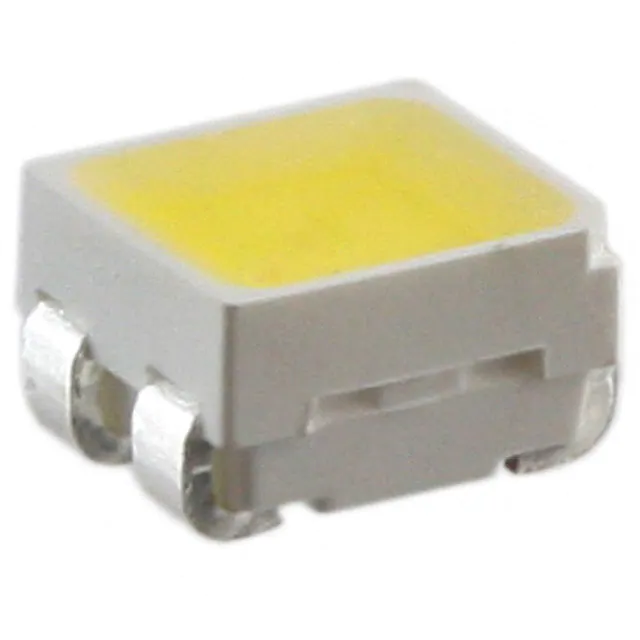 Optoelectronics
Optoelectronics








